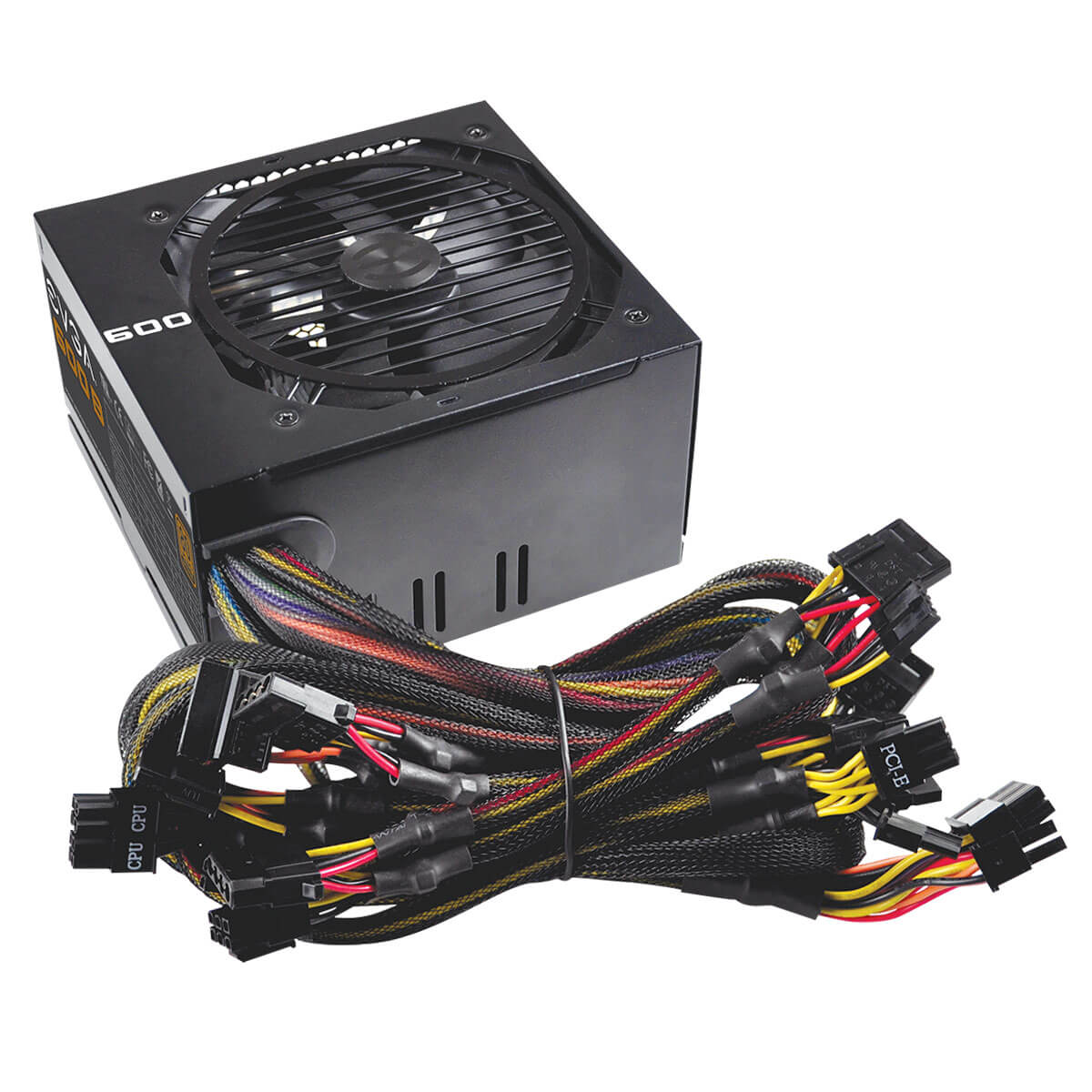When it comes to determining what wattage PSU you need, its important to analyze your power consumption accurately.
Overestimating or underestimating can lead to inefficiencies, potential damage to your components, or even system shutdowns.
Wattage is a measure of the amount of power consumed by a unit.

However, its important to note that higher wattage doesnt necessarily equate to better performance.
Using a PSU with significantly higher wattage than necessary can lead to inefficiencies and increased energy consumption.
These certifications indicate the PSUs ability to convert AC power from your outlet into DC power for your components.
Understanding the wattage of your PSU provides the foundation for determining the appropriate power supply for your system.
This involves considering the power requirements of each of your rig components and adding them together.
One of the simplest ways to calculate power consumption is by using an online PSU calculator.
These calculators allow you to select your specific components and provide an estimation of the total power required.
Higher-performance CPUs typically require more power to deliver optimal performance.
Manufacturers often provide information about the power requirements of their CPUs in their product specifications or documentation.
The GPU is responsible for rendering and processing the graphics on your rig.
Graphics cards come in various models and configurations, each with different power consumption requirements.
High-performance GPUs designed for gaming and content creation tend to have higher power requirements.
These resources typically provide information about the recommended PSU wattage or specific power connector requirements for the GPU.
Therefore, its crucial to ensure that your PSU has sufficient wattage to meet the GPUs power needs.
The power consumption of the motherboard itself is relatively low compared to other components.
The ATX power connector usually consists of a 20-pin or 24-pin (for modern motherboards) connector.
Its crucial to ensure that your PSU has the appropriate ATX power connector to match your motherboard.
Most PSUs today come with a 24-pin ATX power connector, which is compatible with modern motherboards.
An insufficiently powered motherboard may result in system instability, crashes, or even damage to the components.
), the number of modules installed, and the frequency and voltage prefs.
For example, overclocking your RAM or running memory-intensive applications can slightly increase power consumption.
However, its always good to consider the power requirements of your RAM modules to ensure overall system stability.
Higher RPM drives and drives with more platters tend to consume more power.
On the other hand, SSDs have no moving parts and consume less power compared to HDDs.
They are more energy-efficient overall and can contribute to lower power consumption in your system.
Optical drives, such as DVD or Blu-ray drives, consume relatively low power when reading or writing discs.
The power consumption of optical drives is usually between 10 to 30 watts during operation.
Cooling fans are essential for maintaining system temperatures within permissible limits.
The power consumption of individual fans is typically between 1 to 5 watts.
While fans do consume power, their contribution to overall power consumption is usually negligible.
While LED lighting does consume power, its impact on overall power consumption is generally minor.
However, the power requirements of peripherals are usually negligible when compared to other components in your system.
Start by listing the power consumption values for each component that you have calculated.
Add up the power consumption values for each component to get the sum of their power requirements.
This total represents the approximate power consumption of your system under normal operating conditions.
Overclocking, in particular, can increase the power consumption of your CPU and GPU.
Adding up the power consumption of your components provides you with a baseline wattage requirement for your PSU.
It also contributes to a more environmentally friendly system.
To do this, divide the total power consumption of your system by the PSUs efficiency rating.
Furthermore, its important to note that PSU efficiency varies based on the load.
PSUs typically achieve their highest efficiency at around 50-70% load.
Consider selecting a PSU that offers the best balance between wattage requirement and efficiency certification within your budget.
This way, it’s possible for you to ensure optimal performance and energy efficiency for your system.
Anticipating future upgrades can help ensure that your PSU has enough power to support new components.
These upgrades may come with higher power requirements, especially if youre considering more powerful or energy-intensive models.
This provides headroom for additional power requirements without having to replace the PSU when you upgrade.
Its important to research the power requirements of the components you anticipate installing in the future.
Consider the power requirements of the most power-hungry potential upgrades and add that to your current power consumption calculation.
While future upgrades can increase the overall power requirements of your system, its essential to strike a balance.
This extra capacity can provide flexibility for future component upgrades without sacrificing efficiency or breaking your budget.
Additionally, its worth considering the compatibility of your PSU with new technologies that may emerge in the future.
Based on your power consumption calculations, identify the approximate wattage required for your system under normal operating conditions.
This figure serves as a baseline for selecting the appropriate PSU.
Its important to remember that your PSU should not be working at maximum capacity all the time.
This range allows the PSU to operate efficiently, minimizing energy wastage and maximizing stability.
This provides ample headroom for component upgrades, optimal efficiency, and stable operation.
Additionally, consider the PSUs efficiency rating.
Weve discussed how to factor in efficiency ratings to choose a PSU that maximizes energy efficiency and minimizes waste.
When it comes to selecting the right PSU wattage, its essential to strike a balance.
Remember to consider factors like reliability, manufacturer reputation, and warranty when making your PSU selection.
Investing in a reliable and reputable PSU can provide peace of mind and ensure long-term performance.